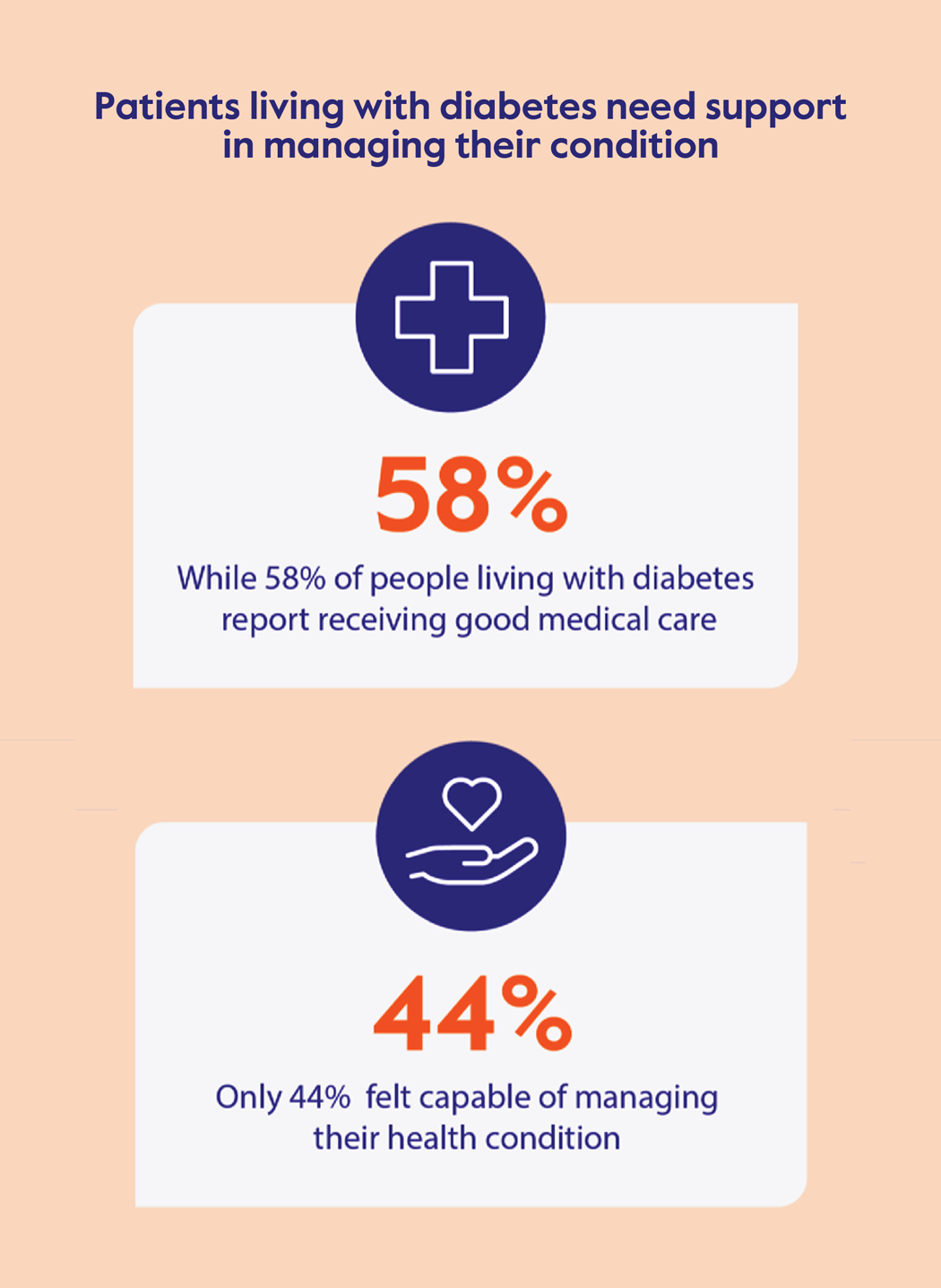By focusing on prevention and early detection, implementing wellness programs for the entire family, and offering comprehensive benefit plans that cover specialized care, employers can significantly improve workforce health and productivity, which helps mitigate the cost burden of chronic conditions.

Chronic conditions present a significant burden to U.S. adults and are a leading driver of health expenditures and productivity losses. A recent white paper published by Cigna Healthcare notes that employers are uniquely positioned to address these conditions among their workforce through comprehensive health and wellness strategies that empower employees to improve their well-being.
The paper details the following four chronic conditions affecting the workforce and offers strategies to manage them.
1. Musculoskeletal conditions: Promote awareness and pain management
Musculoskeletal (MSK) conditions such as arthritis, low back pain, and neck pain affect over half of American adults and are one of the top drivers of health care costs, with an estimated total of $420 billion annually.
These conditions often result in persistent pain, significantly impacting quality of life and work productivity. To mitigate these challenges, employers can leverage data and analytics to identify employees at risk for developing MSK issues and connect them to services such as lifestyle coaching, physical therapy, and chiropractic care to help prevent these conditions or reduce their severity.

2. Diabetes: Encourage healthy habits and preventive care
Diabetes affects approximately 38.1 million American adults, and related medical expenses are $307 billion annually. This disease often occurs alongside mental health issues and poor lifestyle habits, worsening its impact.
Employers can effectively manage workforce diabetes by prioritizing early detection and implementing wellness programs for employees and their families. Offering benefit plans that cover diabetes-specific care – including medications, health coaching, and lifestyle programs that promote healthy eating and regular exercise – can also significantly improve these employees’ health.

3. Breast cancer: Focus on proactive screenings
Breast cancer is the most prevalent form of cancer among workers, affecting approximately 1 in 8 American women and incurring $29.8 billion in annual health care costs. The white paper suggests employers emphasize breast cancer awareness, promote regular mammograms, and offer additional preventive benefits, such as genetic testing. Benefit plans that provide end-to-end cancer care support can guide patients through prevention, detection, diagnosis, treatment, and survivorship for better health outcomes.

4. Behavioral health conditions: Invest in integrated, holistic support
Behavioral health conditions such as depression, stress, and anxiety affect more than 1 in 4 U.S. adults and cost employers over $200 billion annually. Nearly half of adults with a diagnosed behavioral health condition do not receive treatment, significantly impacting their life and work. Employers can help address behavioral health issues by reducing the stigma associated with mental health care and designing a benefits plan that integrates medical, behavioral, and pharmacy services.

Employers play a crucial role in fostering a culture of health where employees feel supported, are aware of their health and well-being benefits, and feel confident in their ability to get the care they need. By focusing on prevention and early detection, implementing wellness programs for the entire family, and offering comprehensive benefit plans that cover specialized care, employers can significantly improve workforce health and productivity, which helps mitigate the cost burden of chronic conditions.

Get insights and tips on managing the high costs of chronic conditions
Chronic conditions account for 90% of U.S. health care expenditures, but the impact of chronic conditions goes far beyond direct costs.
This article was created with the assistance of AI tools. It was reviewed, edited, and fact-checked by Cigna Healthcare’s editorial team.